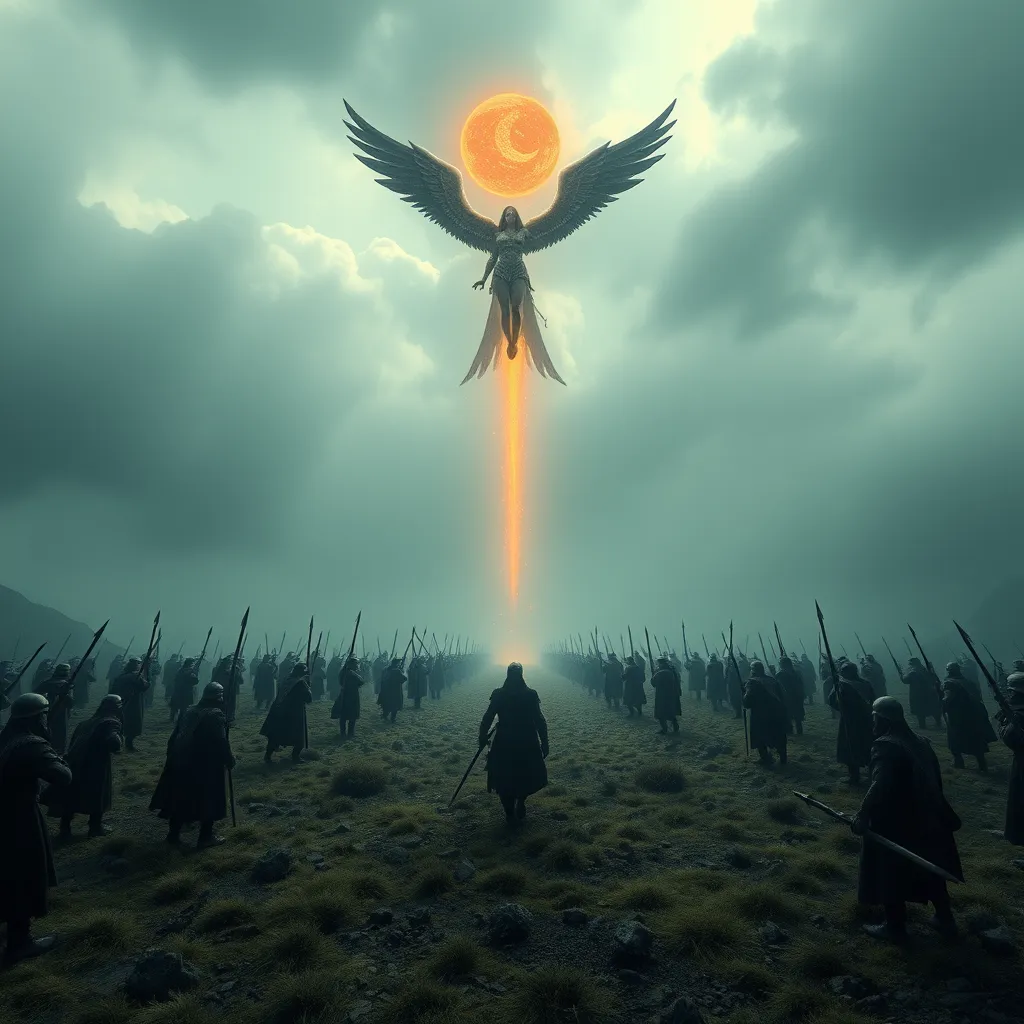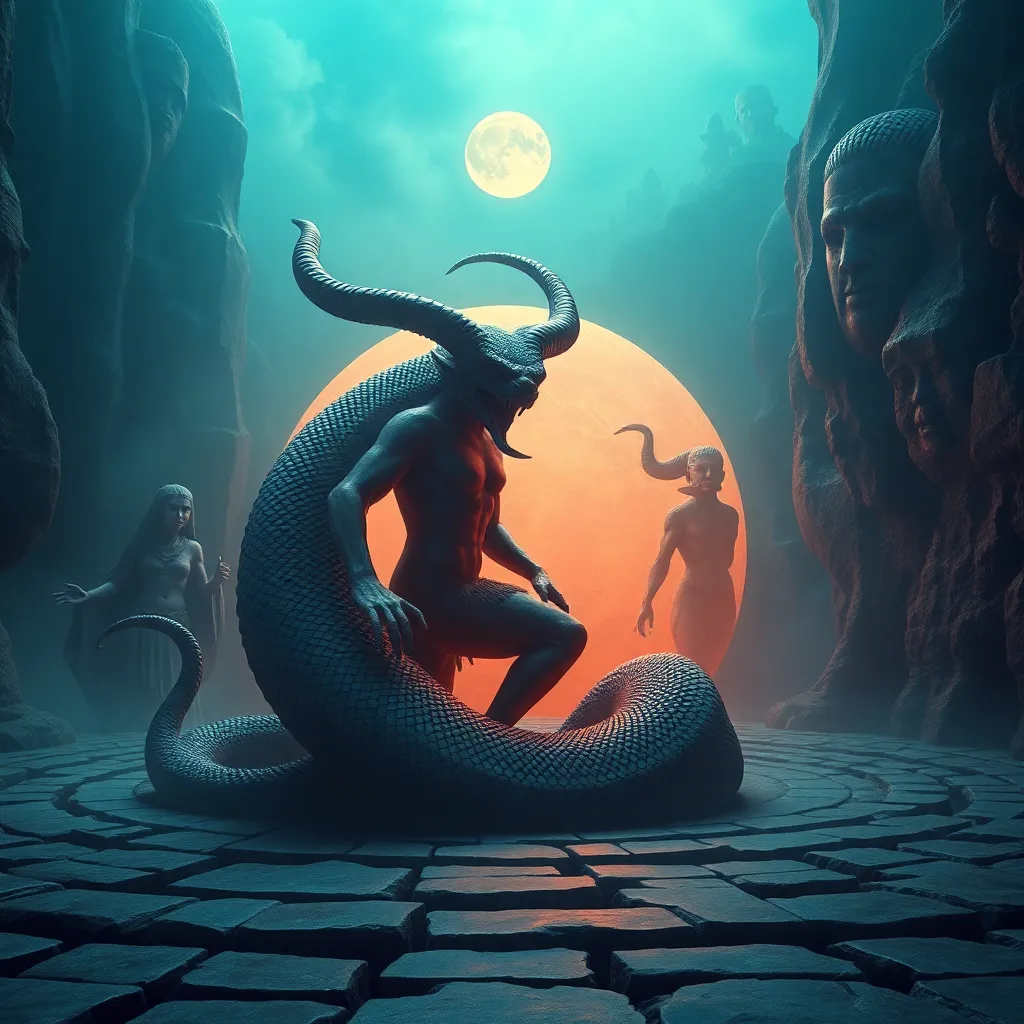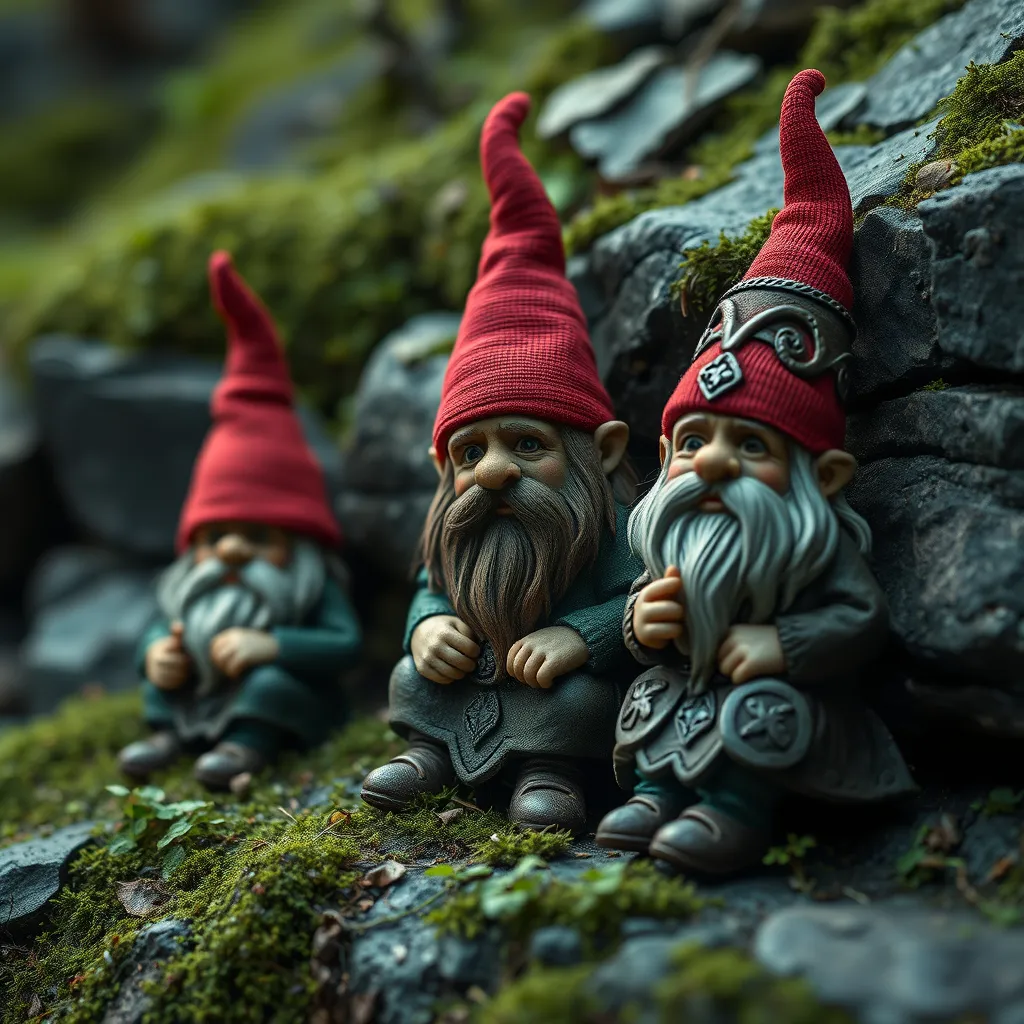From Battlefield to Valhalla: The Valkyries’ Role in the Afterlife
I. Introduction
The Valkyries, enigmatic figures of Norse mythology, have captivated the imaginations of many with their dual role as both warriors and guides to the afterlife. These powerful maidens, often depicted as choosing the slain in battle, play a pivotal role in the Viking understanding of life after death. In Viking culture, the afterlife was not merely an end, but a continuation of the warrior’s honor and valor. This article explores the essential role of the Valkyries in guiding souls to Valhalla, the great hall of the slain, examining their origins, functions, and representations in various cultural contexts.
II. The Origins of the Valkyries
The word ‘Valkyrie’ is derived from the Old Norse term ‘valkyrja,’ which means “chooser of the slain.” This etymology reflects their primary function in mythology: selecting which warriors would die in battle and which would be taken to Valhalla. Historical references to Valkyries can be found in various sagas and poems, such as the Edda, where they are depicted as beautiful maidens with divine powers.
Over time, the portrayal of Valkyries evolved. Initially, they were seen as fierce battle maidens, but later texts depicted them with more romanticized qualities. This shift highlights the complexity of their roles, as both fierce warriors and nurturing figures guiding souls.
III. The Valkyries’ Role on the Battlefield
Valkyries held a significant role on the battlefield. Their primary duty was to select the slain warriors worthy of entering Valhalla. This selection process was not arbitrary; it was based on the honor and bravery displayed in combat. The Valkyries were believed to embody the ideals of fate and destiny, acting as intermediaries between the gods and the mortals.
- Selection of Slain Warriors: Valkyries would ride over battlefields, assessing which warriors had shown exceptional bravery and skill.
- Honor and Bravery: Only those who fought valiantly, often to the death, were chosen to join Odin’s hall.
- Symbols of Fate: The Valkyries represented the inescapable fate that awaited every warrior, intertwining their lives with the concept of honor.
IV. The Journey to Valhalla
Valhalla, a grand hall located in Asgard, was the ultimate destination for the chosen warriors. In Norse beliefs, it served as a place of honor and valor, where the slain warriors would feast and prepare for Ragnarok, the end of the world. The journey to Valhalla was not merely a physical one, but rather a transformation into a revered status among the gods.
The process of guiding souls from the battlefield involved several steps:
- Valkyries would appear to the dying warrior, ensuring a swift death.
- They would then escort the fallen to Valhalla, traversing the skies.
- Upon arrival, the warriors would be welcomed into a life of feasting and camaraderie.
Admission into Valhalla was based on criteria that emphasized valor and honor in battle, reflecting the Viking culture’s deep-seated values.
V. Valkyries and the Concept of Honor
Honor was foundational to Viking society, influencing their social structure and interactions. Valkyries embodied these ideals through their actions and representations. They stood as paragons of valor and loyalty, encouraging warriors to strive for greatness in their lives.
- Cultural Importance: Honor dictated social status and respect within Viking communities.
- Embodying Valor: Valkyries showcased the warrior spirit, inspiring men to fight courageously.
- Impact on Morale: The belief in Valkyries choosing the slain provided motivation for warriors to act honorably in battle.
VI. Representations of Valkyries in Art and Literature
Throughout history, Valkyries have been depicted in various forms of art and literature. In Viking Age artifacts, such as carvings and jewelry, Valkyries are often portrayed as powerful, warrior-like figures. These representations highlight their importance in Viking culture.
Later literature also reflects the Valkyries’ enduring legacy. In Norse sagas and poems, they often serve as critical characters, influencing the outcomes of battles and the fate of heroes. Modern interpretations in films, books, and video games continue to draw upon the rich tapestry of Valkyrie mythology, emphasizing their strength and complexity.
VII. Gender and the Valkyries
The presence of female figures in Norse mythology is significant, especially in a culture typically dominated by male warriors. Valkyries represent a unique blend of femininity and power, challenging traditional gender roles. Their empowerment as warrior maidens reflects the multifaceted nature of women in Viking society.
When compared to other mythological female figures across cultures, Valkyries stand out due to their active role in determining the fate of warriors. This contrasts with figures such as Persephone from Greek mythology, who embodies the passive aspect of death and rebirth.
VIII. Conclusion
The Valkyries hold a significant place in the Norse understanding of the afterlife, serving as both guardians of the slain and symbols of honor and bravery. Their legacy continues to resonate in modern culture, reminding us of the intricate ties between life, death, and the ideals of honor in Viking beliefs. As we reflect on the Valkyries’ role in guiding souls to Valhalla, we gain insight into the values that shaped the Viking world and the enduring power of myth in understanding our humanity.



